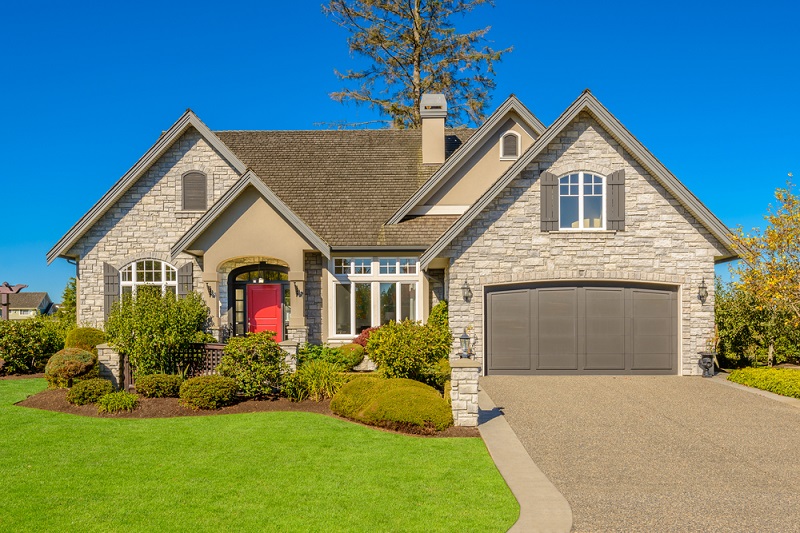
Living in the bush regions is really magical with a peaceful experience. The smell of the grasslands, magnificent surroundings, native wildlife, texture, colour and shape of the natural canopy are all mesmerising. Undoubtedly, building homes near or at the bush regions is quite appealing yet bushfire is the threatening issues in such cases. Bushfire prone areas are those that are subject to fire attack. Consequently, proper research should be carried out so that buildings can be constructed with safety measures.
Now, the very first question that arises in our mind is how to know whether it is bushfire prone area or not. It is the local council that prepares the chart and declare whether it is the bushfire prone areas home or not. In order to know about the particular location, one can check out at the online sites or the official site of the local council. In every country Ministry of Planning and development specified the bushfire prone areas so that you should be aware about these areas before taking a home.
Different Things One Should Know Regarding Bushfire Prone Areas Home

#1. Know about BAL or Bushfire Attack Level
If you are quite sure to build bushfire prone areas home, you need to identify certain parameters and accordingly products or the constructing material should be chosen. You need to comply with excellent building standards if you are living in western part of Australia. These are the planning controls. The bushfire attack level is the parameter that determines the intensities that the home might experience at the time of bushfire attack. These are basically classified into 6 types. They are:
- BAL low: the attack of bushfire in this case is generally low. Hence, it does not require much construction requirements which are specific for the bushfire prone areas home.
- BAL 12.5: in this level, the risk of the radiant heat is quite low. However, there is the chance that the burning debris might affect the structure of the building. In such a kind, specific requirements related to the construction should be followed.
- BAL 19: the risk level in BAL 19 is moderate. The attack through the burning debris is now so high as compared to the radiant heat. In order to protect the homes from the radiant heat and the embers, specific construction requirements are followed.
- BAL 29: the risk factor of the fire attack, burning debris and radiant heat is significantly high. In this attack level, there is even the chance of heat flux or the flame contact. High chances of ember attack.
- BAL 40: the chances of ember attack are for quite sure and accordingly the risk fact is very high. There are chances that it would come in the contact of flame.
- BAL FZ: FZ here stands for Flame zone. The bushfire prone areas home in this level is likely to get in contact with the flame. Usually, construction at this site is not allowed. Even if it is permitted, high level fire protection materials are required.
#2. Determination of the bushfire attack level
Now, the next question arises as how to determine the level of the bushfire attack. There are several factors which are considered to determine the BAL. Take a look at it.
- Surrounding of the land or the region in which the property is located.
- Vegetation type found in the particular surrounding.
- The distance between the bushfire prone areas home to be constructed or renovated and the vegetation area.
- Slope of the land or the property is also noted.
Last but not the least, it is equally important to know the construction methodology and materials used in it. This is because it is the material that acts as a fire resistor and save you from the outer mishap. Hence, if you are planning to buy bushfire prone areas home, check out the necessary factors well.
Conclusion:
If you are living in Australia, you need to know that western parts of your country are prone to bushfire attack. You should hire an expert person to inspect your property to know that whether it is fully protected from fire or not. You can hire professional companies to construct a home in bushfire prone areas.





